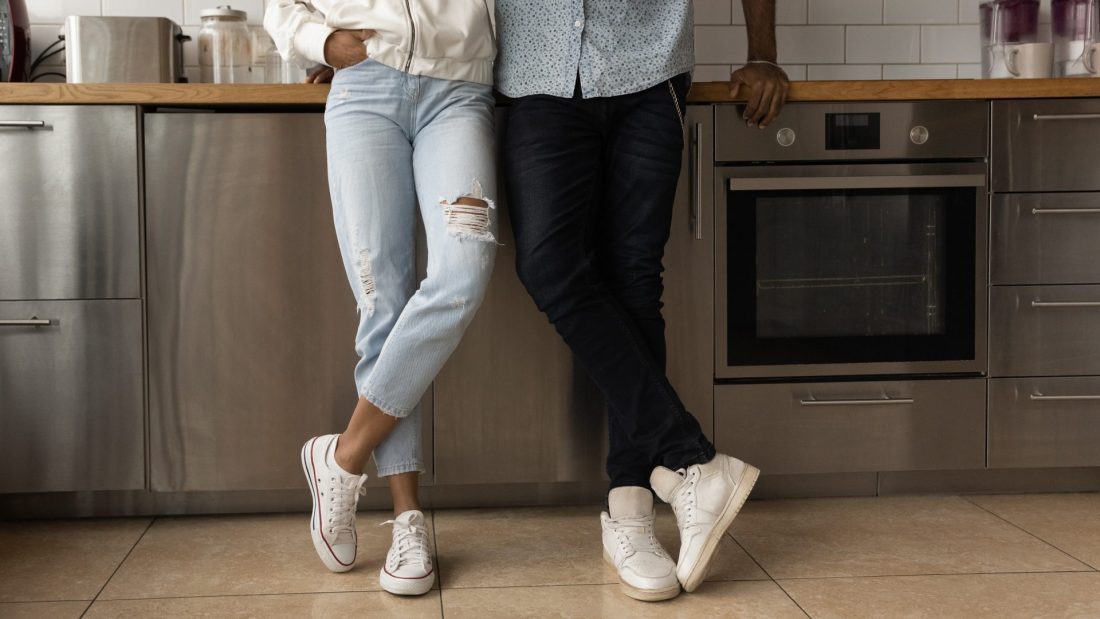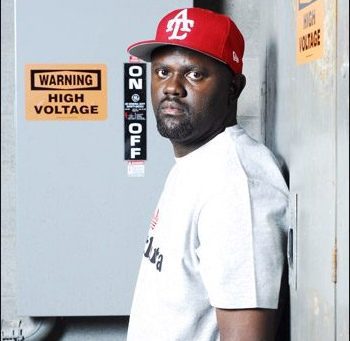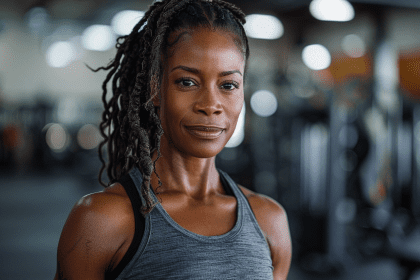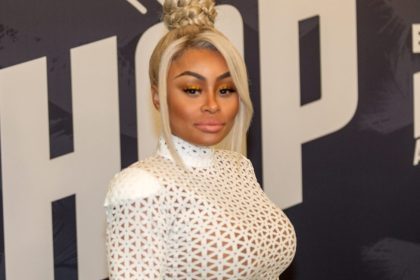New York City has long been a crucible for fashion, but its resale market, exemplified by Stadium Goods, stands as a powerhouse behind the hypebeast phenomenon. What began as a niche trade in rare sneakers has ballooned into a cultural juggernaut, with the city’s streets, stores, and digital platforms amplifying trends that ripple worldwide. The numbers underscore this shift, the global sneaker resale market is projected to hit $6 billion this year, a figure triple its size from a decade ago, and New York sits at its epicenter. Companies like Stadium Goods don’t just sell shoes, they curate desire, turning scarcity into a lifestyle.
This isn’t a fluke. The city’s unique blend of wealth, diversity, and relentless energy feeds a resale ecosystem that thrives on exclusivity. From SoHo’s bustling storefronts to online marketplaces, five distinct trends emerge, each propelled by New York’s resale machinery. These shifts redefine what it means to be a hypebeast, proving the city’s influence stretches far beyond its boroughs.
The rarity engine
First, the resale market thrives on limited supply, and New York perfects this game. Stadium Goods, founded in 2015 in SoHo, built its reputation by authenticating and selling sneakers that primary retailers can’t restock, think Air Jordan 1s or Yeezys from years past. The store’s consignment model ensures every pair is vetted, feeding a hunger for items unavailable elsewhere. In a city where status hinges on standing out, owning a rare drop becomes a badge of honor.
This scarcity fuels a 24% annual growth rate in sneaker resale values, outpacing many traditional investments. Collectors flock to New York, knowing its markets offer the best shot at nabbing a grail, a term hypebeasts use for must-have pieces. The city’s physical and digital resale hubs amplify this chase, making rarity the heartbeat of the trend.
Street cred currency
Second, New York’s resale scene turns sneakers into social capital. On the streets of Brooklyn or the Lower East Side, a pair of Off-White Nikes or Travis Scott Jordans signals more than taste, it’s a membership card to an exclusive club. Stadium Goods and its ilk don’t just move product, they broker credibility. Data shows 62% of streetwear fans view their purchases as timeless, a belief rooted in the city’s knack for blending nostalgia with hype.
This currency trades high. A Supreme hoodie that retailed for $158 can fetch $500 or more on resale, a markup driven by New York’s tastemakers. The city’s role as a filming backdrop for music videos and a hangout for influencers only deepens this effect, cementing its status as the hypebeast capital.
The digital flip
Third, New York’s resale market bridges physical and online worlds with unmatched finesse. Stadium Goods, acquired by Farfetch for $250 million in 2019, leans heavily into e-commerce, a pivot that’s paid off as digital sales now dominate its revenue. Yet its SoHo roots keep it grounded, offering drop-off points for sellers and a tactile experience for buyers. In January 2025, the company shuttered its Howard Street store, consolidating into a smaller Broadway space, a sign of confidence in its online muscle.
This hybrid model sets a trend. Competitors like StockX and GOAT follow suit, but New York’s early adoption gives it an edge. With 54% of streetwear fans spending $100 to $500 monthly, per industry surveys, the city’s digital platforms keep the hype machine humming, accessible to anyone with a smartphone and a PayPal account.
Global trendsetter
Fourth, New York exports its resale ethos worldwide. Stadium Goods’ partnership with Alibaba’s Tmall in 2016 cracked open the Chinese market, where sales hit $3 million in a single day during 2017’s Singles Day. This global reach shapes what’s hot, from Tokyo to London. The Air Jordan 4 “White Cement” re-release, a nod to NYC’s sneaker legacy, tops resale charts across continents, proving the city’s trends don’t stay local.
The ripple effect is clear. International buyers scour New York-based platforms for drops, while local sellers capitalize on demand from abroad. This cross-pollination keeps the city’s resale market a step ahead, dictating what’s coveted on a planetary scale.
Cultural fusion
Fifth, New York’s resale market fuses subcultures into something bigger. Hypebeasts don’t just chase sneakers, they blend skate, hip-hop, and high fashion into a singular aesthetic. Stadium Goods reflects this, stocking not just shoes but streetwear labels like Supreme and BAPE. Collaborations like Nike SB’s Orange Lobster Dunks, born from NYC’s 2005 Pigeon drop, show how the city remixes its past into fresh hype.
This melting pot drives innovation. A 30% uptick in streetwear’s crossover with luxury brands, think Louis Vuitton x Nike, owes much to New York’s influence. The resale market doesn’t just sell goods, it sells a narrative, one that hypebeasts everywhere buy into.
A city in motion
New York’s resale market isn’t static. Rising costs and shifting consumer habits push players like Stadium Goods to adapt, balancing brick-and-mortar allure with digital dominance. Yet the city’s grip on hypebeast culture holds firm. Its ability to turn a $130 sneaker into a $38,000 collectible speaks to a deeper truth, New York doesn’t just follow trends, it makes them.













